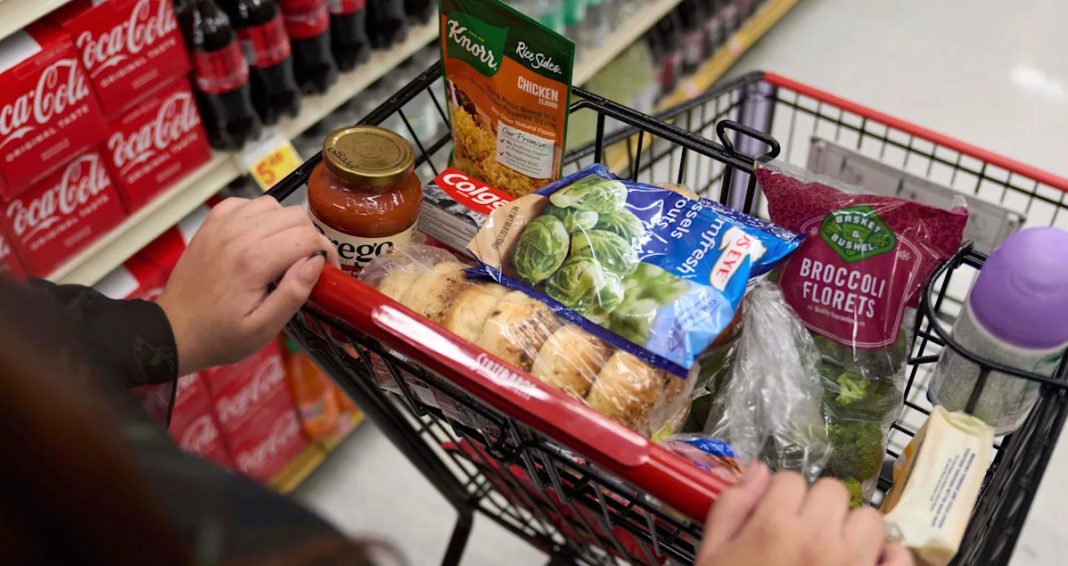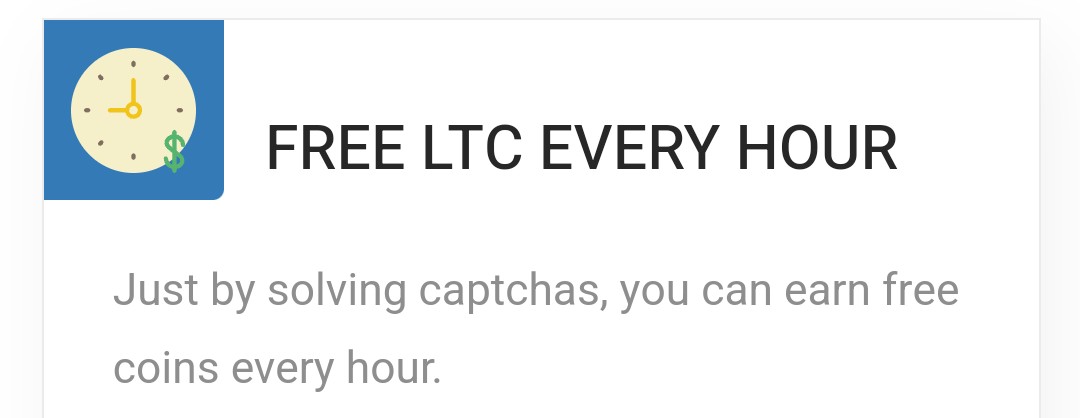With more than 40 million Americans at risk of losing SNAP benefits on Nov. 1, states across the country are scrambling to try to prevent their residents who rely on the Supplemental Nutrition Assistance Program from going hungry.
Dozens of states filed an emergency lawsuit this week in an attempt to force the Department of Agriculture to use billions of dollars it has in a contingency fund to partially cover November SNAP benefits. On Friday, a federal judge ruled in their favor, ordering the Department of Agriculture to send out at least partial benefits. A second judge issued a similar ruling in a separate case almost simultaneously.
What those decisions mean for SNAP recipients is still unclear. Both judges gave the USDA until Monday to respond. The Trump administration may choose to appeal. Even if it doesn’t, it may take days or even weeks for benefits to be distributed.
Late last week, Virginia Gov. Glenn Youngkin declared a state of emergency to give his administration the authority to use state funds to cover the cost of November benefits for the 850,000 Virginians who are enrolled in SNAP.
“The Commonwealth will provide food benefits until Congressional Democrats put the interests of Virginians in need ahead of their politics,” Youngkin, a Republican, wrote in a release in which he blamed congressional Democrats for preventing the government from reopening.
Virginia will reportedly pull $150 million from its $10 billion budget surplus to pay for November benefits.
Most states don’t have billions in surplus funds on hand, so they’re not able to fully replace missing federal SNAP funds in the way Virginia can. The governors of Louisiana and Delaware have also made similar emergency declarations, but theirs are short-term orders that last only through the beginning of November.
Agriculture Secretary Brooke Rollins first began warning that the shutdown could threaten SNAP benefits in mid-October, writing that there were “not enough funds” available to pay for November benefits if a deal wasn’t reached to reopen the government before the end of the month.
Two bills, one from each party, have been put forward in the Senate. Neither proposal stood a realistic chance of passing through the chamber, which has been deeply fractured along partisan lines throughout the shutdown. President Trump recently said his administration is “going to get it done” but offered no specifics to back up that claim.
More than a dozen other states have pledged to give millions of dollars to food banks where SNAP recipients can receive free food until their benefits are restored. Those states include California, New Mexico, Colorado, Minnesota, New Hampshire, Connecticut and New York. While those funds will help, they represent a tiny fraction of the amount that typically goes toward SNAP benefits each month. California, for example, is providing $80 million to food banks. The state normally receives more than $1 billion for SNAP every month.
What is SNAP?
SNAP is better known to the public by its previous name: food stamps. It was renamed in 2008 to avoid the stigma that had plagued the program for decades. SNAP is the federal government’s largest food assistance program. It provides money directly to low-income Americans to help them cover food costs.
Participation in SNAP has increased dramatically in recent years, and so has its price tag. Last year the government provided more than $100 billion in SNAP benefits to a total of 41.7 million people.
Only about a third of SNAP recipients are able-bodied adults. The rest of the funding goes directly to children, elderly people or people with disabilities, according to the USDA. More than 85% of SNAP benefits go to households below the federal poverty line, with half of those benefits going to those considered to be in deep poverty.
Unsurprisingly, SNAP recipients are less likely to go hungry than those who don’t get food assistance. The program has also proved to be effective at lifting people out of poverty, USDA data shows.
On top of the disruption caused by the shutdown, states are also dealing with significant cuts to SNAP that were passed this summer as part of President Trump’s so-called One Big, Beautiful Bill. The bill tightened work requirements for SNAP recipients and substantially limited the number of people who can be exempted from those requirements. Those changes also go into effect on Nov. 1.
More cuts to the program, including the requirement that states cover the cost of benefits for the first time, will kick in over the next few years. In total, the bill is expected to reduce federal spending on SNAP by $187 billion over the next decade, according to the Congressional Budget Office.

